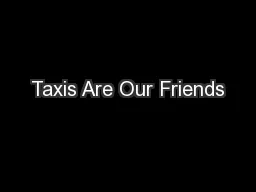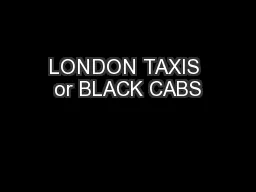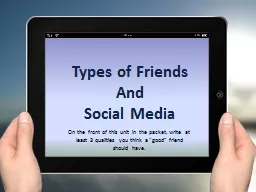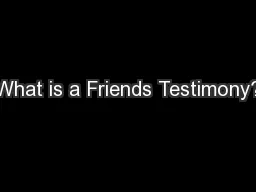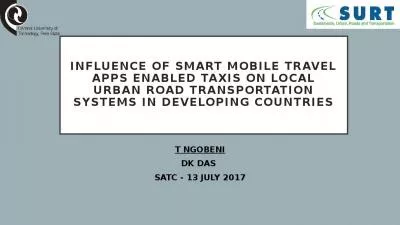PPT-Taxis Are Our Friends
Author : karlyn-bohler | Published Date : 2015-09-28
Mapping the taxifriendliness of neighborhoods in the Westside of Los Angeles County Earl Kaing UP206A Intro to GIS 1262011 Final Presentation Source Earl Kaing
Presentation Embed Code
Download Presentation
Download Presentation The PPT/PDF document "Taxis Are Our Friends" is the property of its rightful owner. Permission is granted to download and print the materials on this website for personal, non-commercial use only, and to display it on your personal computer provided you do not modify the materials and that you retain all copyright notices contained in the materials. By downloading content from our website, you accept the terms of this agreement.
Taxis Are Our Friends: Transcript
Download Rules Of Document
"Taxis Are Our Friends"The content belongs to its owner. You may download and print it for personal use, without modification, and keep all copyright notices. By downloading, you agree to these terms.
Related Documents

